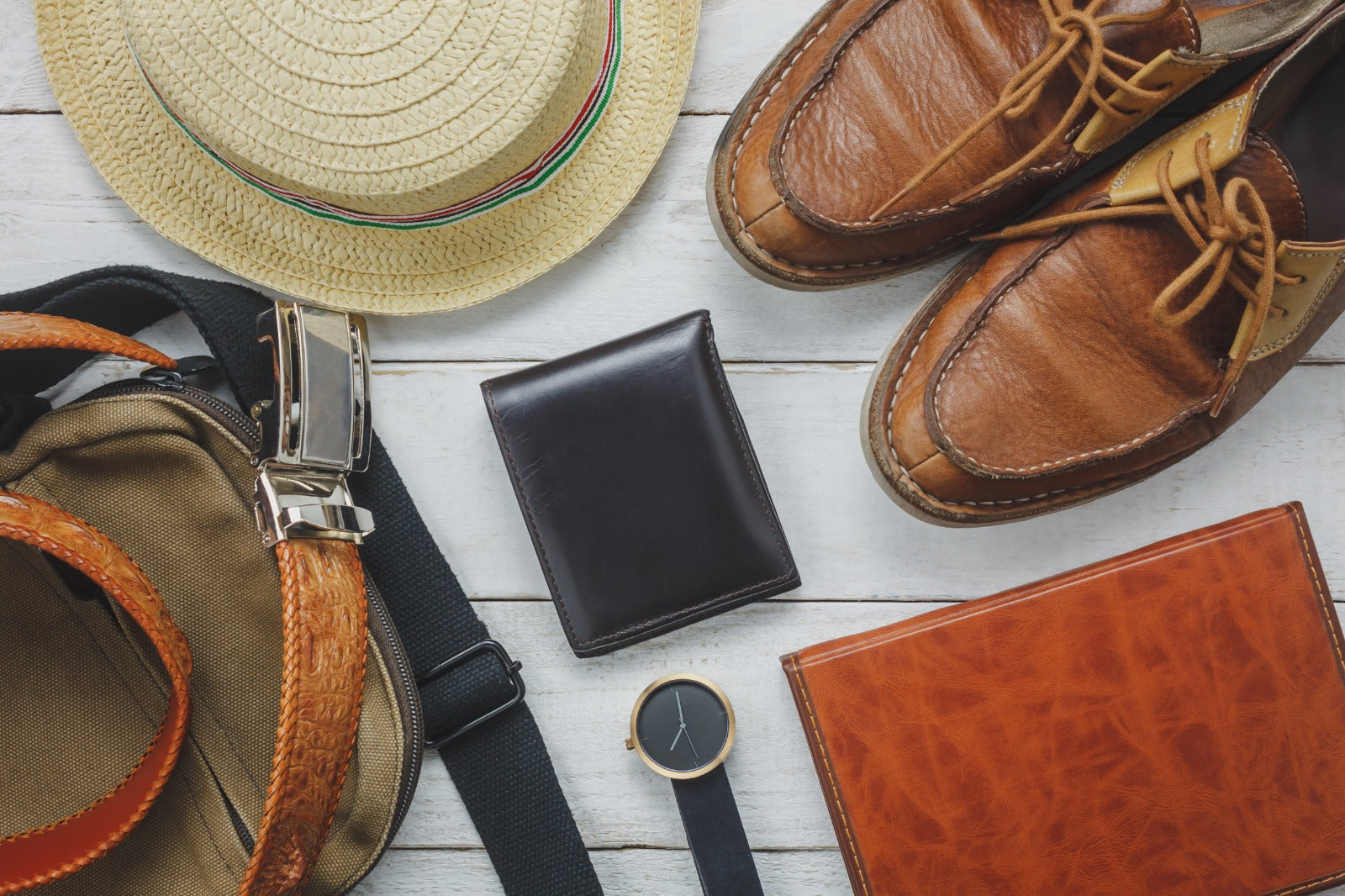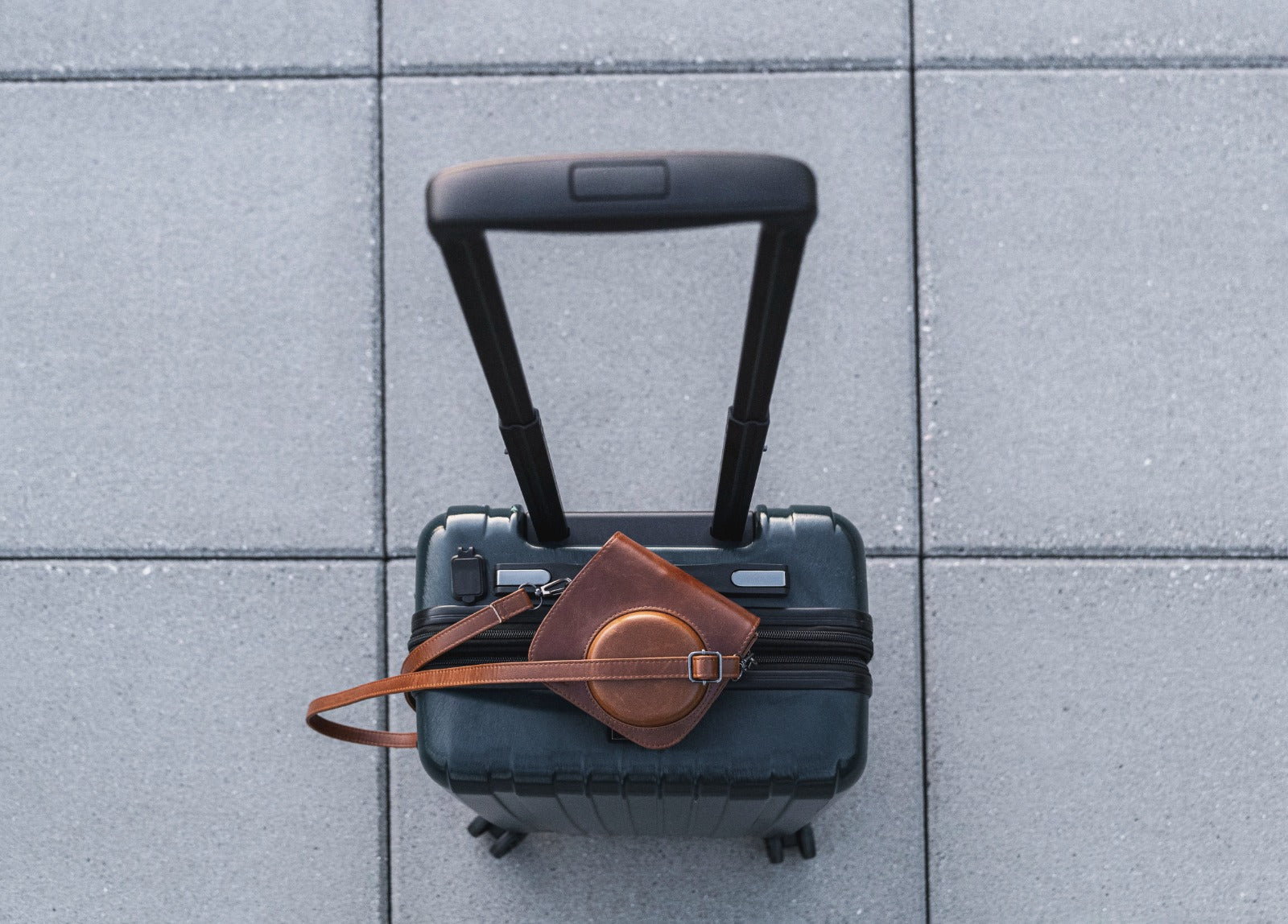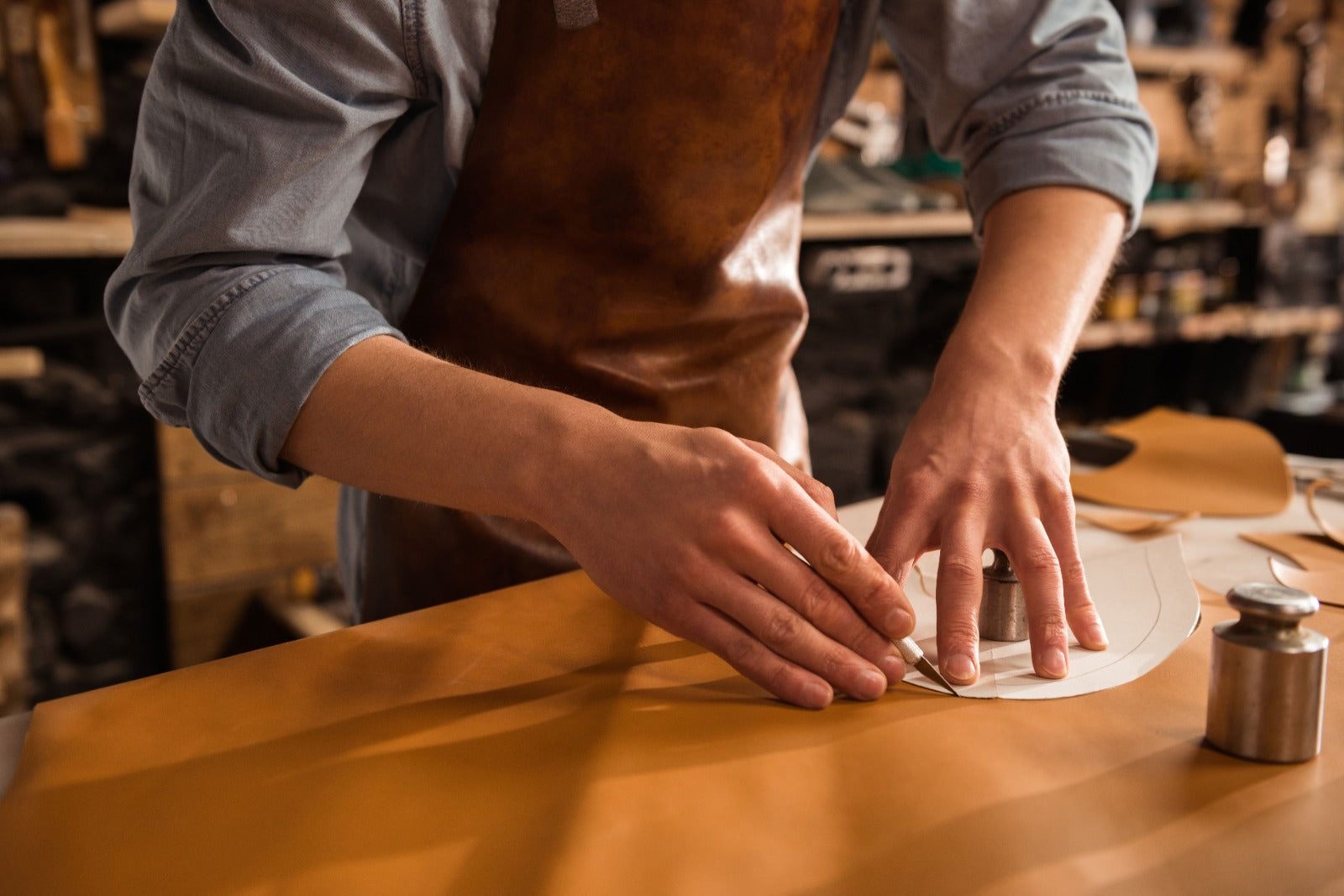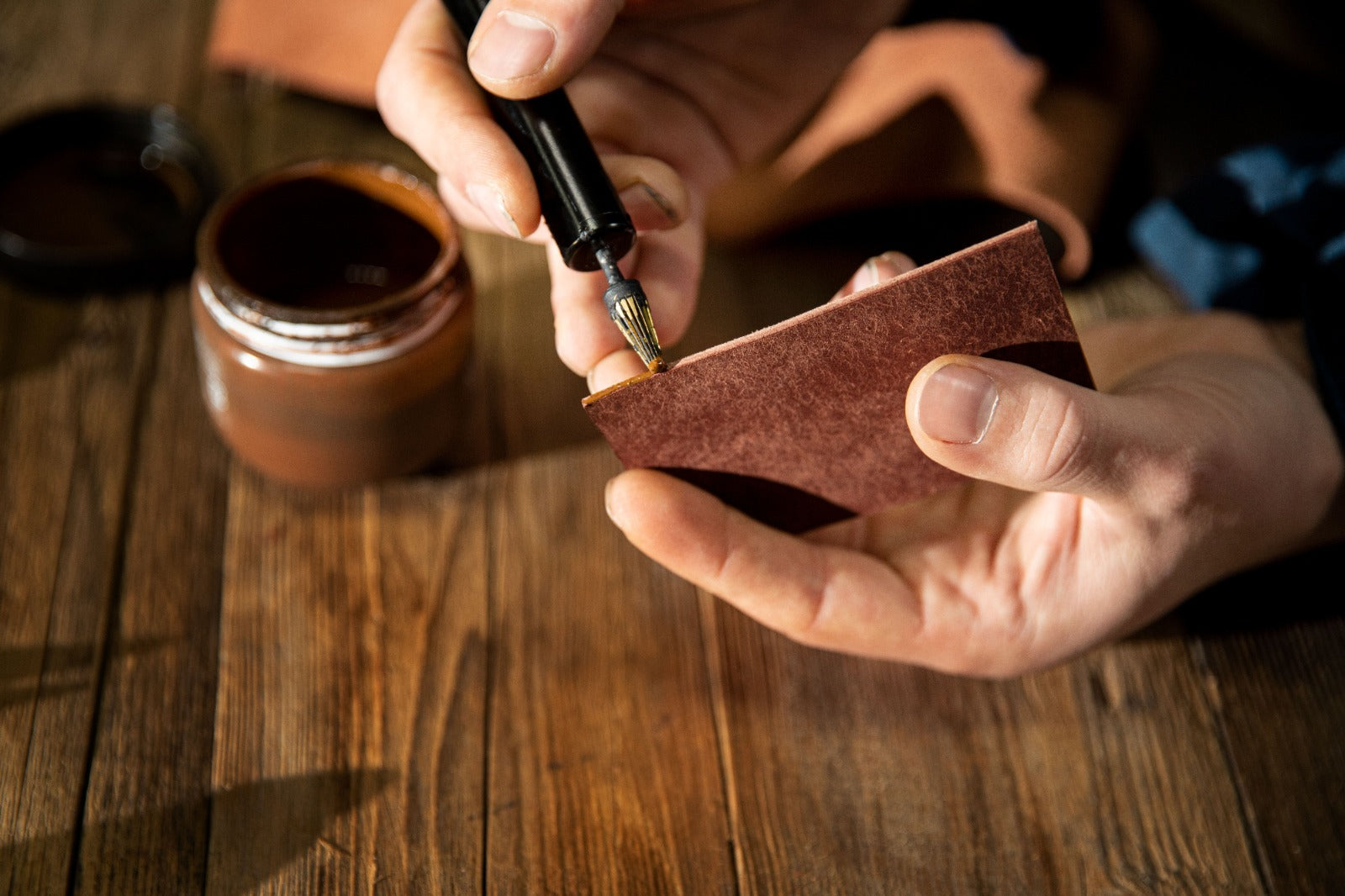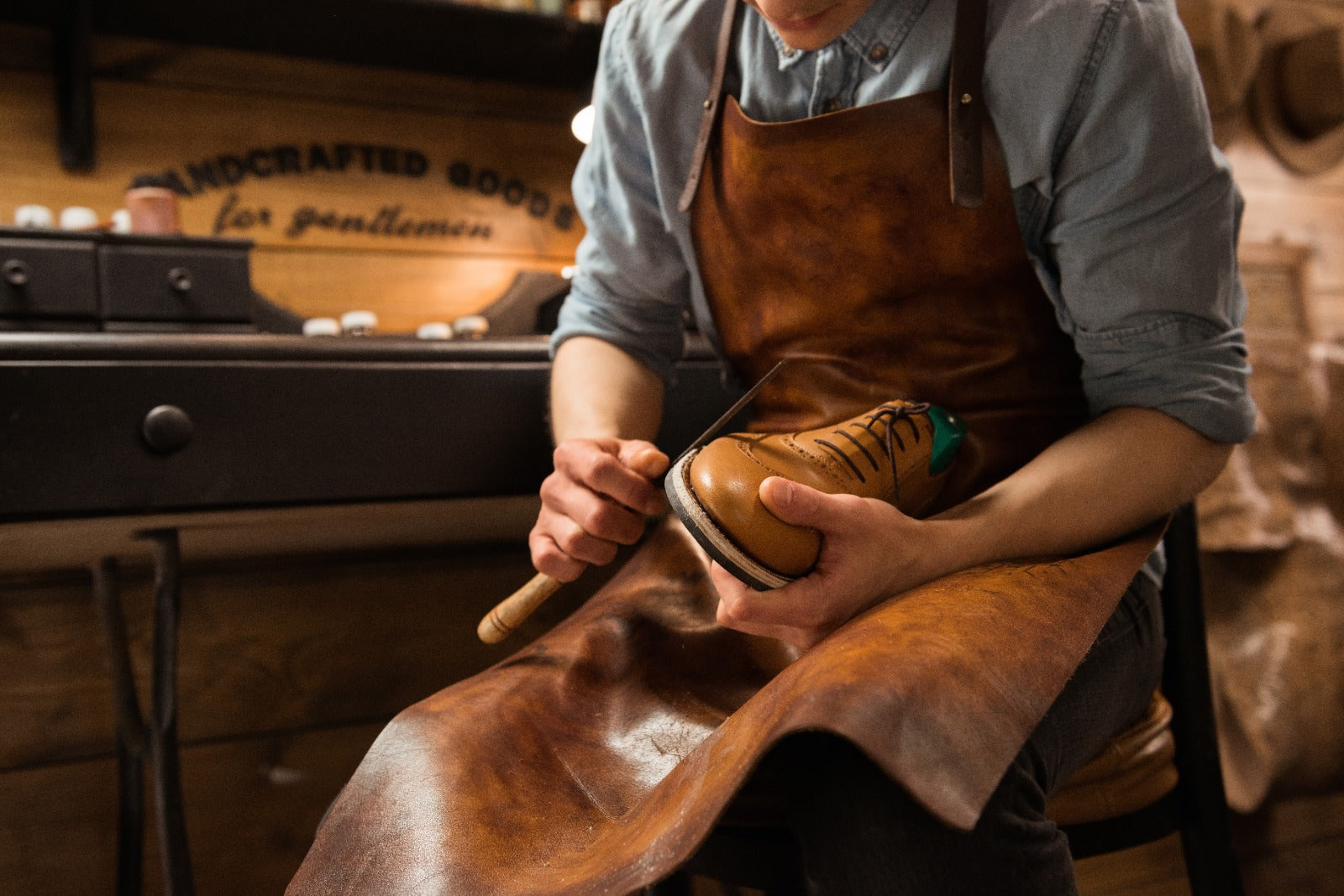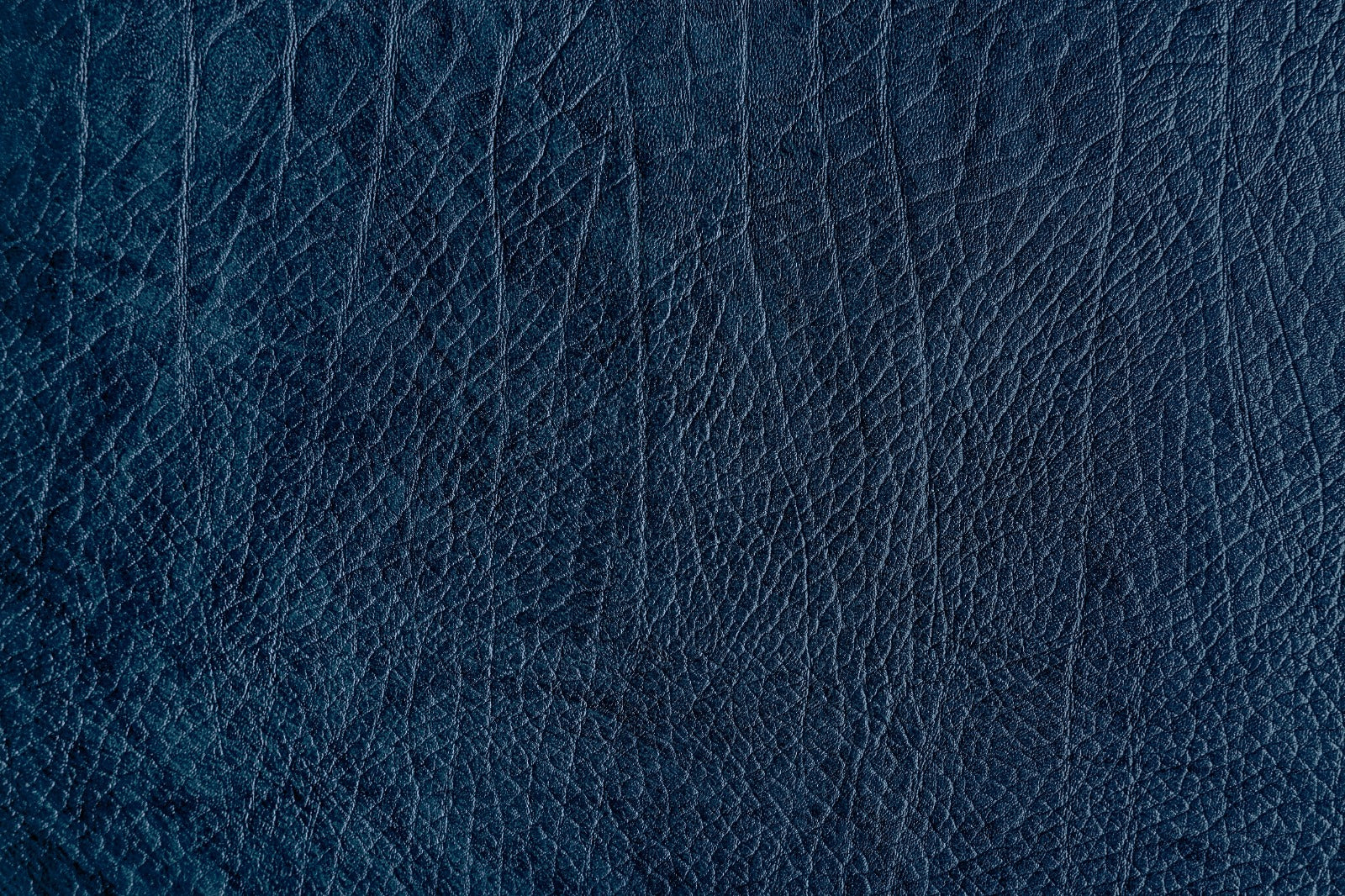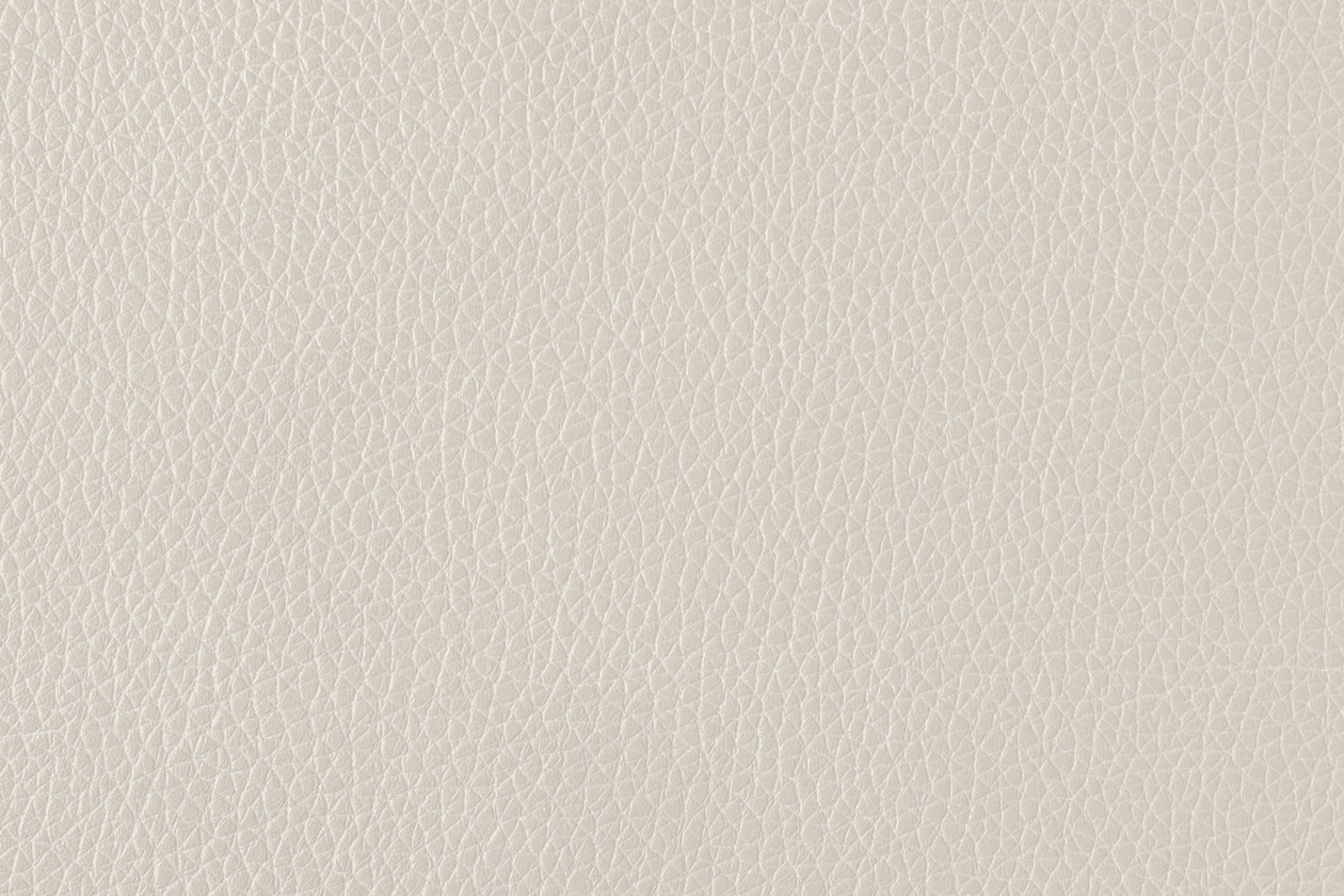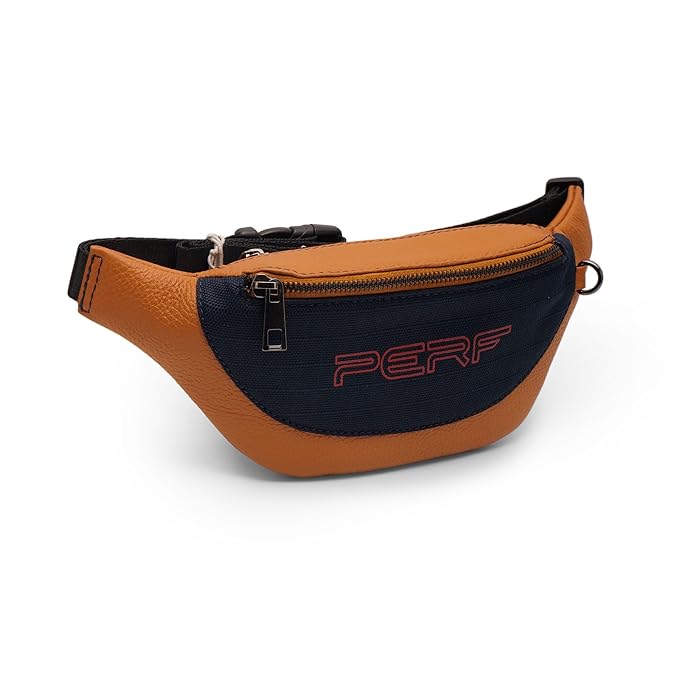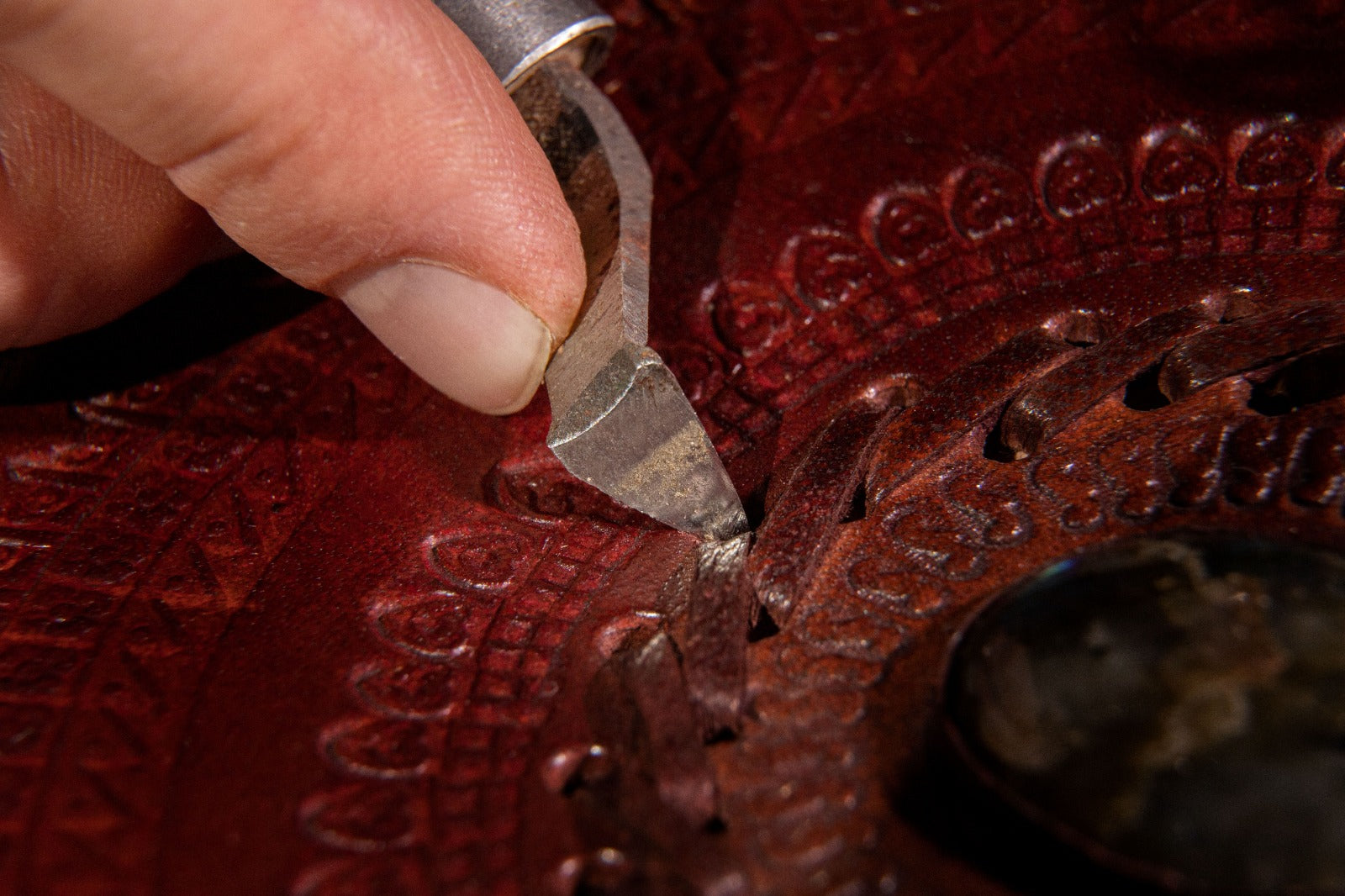
Ultimate Guide: Removing Mold from Leather
Mold can appear as fuzzy white, green, or gray patches on leather, often caused by moisture and poor storage. Without prompt care, mold can discolor leather, produce odors, and weaken its structure. This guide explains safe mold removal techniques, leather cleaning tips, and preventive measures to keep your leather goods in top condition.
Understanding Mold on Leather
Leather mold thrives in humid environments and feeds on natural oils and organic residues in the hide. Early detection is key: untreated mold leads to discoloration, unpleasant odors, and leather degradation.
Common Causes of Mold Growth
-
High Humidity: Above 60–65% relative humidity encourages mold
-
Poor Air Circulation: Sealed boxes or plastic bags trap moisture
-
Organic Residue: Body oils, dirt, and food particles feed mold
-
Temperature Fluctuations: Cause condensation on leather surfaces
Tools & Products You’ll Need
-
Soft microfiber cloths
-
Isopropyl alcohol (70%)
-
Distilled water
-
Leather-safe cleaner
-
Leather conditioner or natural leather balm
-
Soft-bristle brush or suede brush (for nubuck/suede)
-
Vacuum cleaner with soft brush attachment
-
Gloves and protective mask
-
Leather protector spray
Step-by-Step Mold Removal from Leather
Step 1 – Dry in a Ventilated Area
Air out the leather in a well-ventilated room or shaded outdoor area for 2–4 hours to remove surface moisture. Avoid direct sunlight to prevent fading or cracking.
Step 2 – Remove Loose Mold Spores
Use a vacuum with a soft brush attachment to gently lift mold spores. Dispose of collected spores immediately to avoid recontamination.
Step 3 – Disinfect with Alcohol Solution
Mix equal parts isopropyl alcohol and distilled water. Dampen a microfiber cloth and gently wipe affected areas to kill mold and prevent further growth.
Step 4 – Deep Clean with Leather Cleaner
Apply leather-safe cleaner with a damp cloth using circular motions. This removes residual mold and alcohol while nourishing the leather surface.
Step 5 – Rinse & Air Dry
Use a clean damp cloth to remove any remaining cleaner. Air-dry in a cool, ventilated area—avoid heat sources.
Step 6 – Condition the Leather
Apply a small amount of natural leather conditioner to restore lost oils and suppleness. Massage into leather, let absorb for 30–60 minutes, then buff to a smooth finish.
Step 7 – Apply Protective Shield
Spray leather protector evenly to repel moisture and reduce future mold growth. Allow it to dry completely before storing or using the item.
Special Care Tips for Different Leather Types
Nubuck & Suede
-
Brush nap with a dry suede brush first
-
Use diluted alcohol solution carefully
-
Apply talcum powder to absorb moisture
-
Finish with nubuck/suede protector spray
Patent Leather
-
Wipe with damp alcohol cloth to kill mold
-
Clean with gentle soap solution
-
Buff to shine after drying
Preventing Mold Recurrence
-
Store leather in breathable bags or cases
-
Use silica gel packets to absorb moisture
-
Air out items monthly, especially after humid seasons
-
Regularly clean oils and dirt from leather surfaces
-
Apply leather protector periodically
DIY vs Professional Cleaning
-
Minor mold outbreaks can be handled at home
-
Extensive mold, strong odors, or vintage leather should be treated by professional leather restoration services
Common Mistakes to Avoid
-
Skipping vacuuming spreads spores
-
Overwetting can damage leather
-
Using harsh detergents or bleach weakens leather structure
-
Heat drying causes cracks and shrinkage
-
Neglecting conditioning leads to stiffness
Quick Reference Table
| Stage | Tool/Product | Purpose |
|---|---|---|
| Drying | Ventilated air | Remove surface moisture |
| Suction | Vacuum with soft brush | Lift loose mold spores |
| Disinfection | Alcohol/distilled solution | Kill surface mold |
| Deep Cleaning | Leather-safe cleaner | Remove residues & nourish |
| Conditioning | Leather conditioner | Restore oils & suppleness |
| Protection | Leather protector spray | Prevent future mold |
Final Takeaway
Mold doesn’t have to ruin your leather. With proper drying, disinfection, cleaning, conditioning, and protection, you can restore your items’ beauty and longevity.
